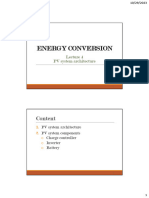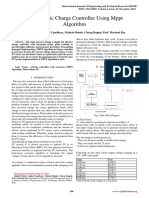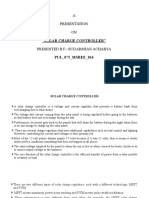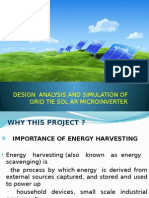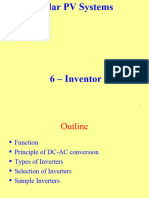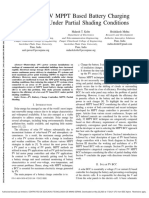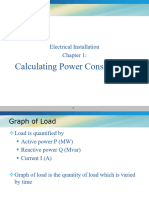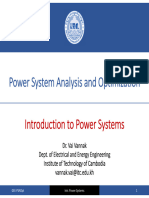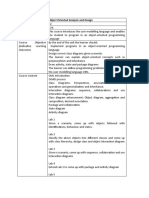0% found this document useful (0 votes)
117 views47 pagesPV System Architecture
This document discusses the key components of photovoltaic (PV) systems:
1. PV system architectures include stand-alone systems directly connected to loads, stand-alone systems with batteries, hybrid systems also connected to a generator, and grid-connected systems that feed power to the electric grid.
2. Charge controllers regulate the charging and discharging of batteries in off-grid systems. Maximum power point trackers optimize the power output from PV panels.
3. Inverters convert the DC power from PV panels and batteries to AC power usable by loads or the electric grid. Systems use central, string, or micro inverters.
4. Batteries store excess PV power and
Uploaded by
ORK BUNSOKRAKMUNYCopyright
© © All Rights Reserved
We take content rights seriously. If you suspect this is your content, claim it here.
Available Formats
Download as PDF, TXT or read online on Scribd
0% found this document useful (0 votes)
117 views47 pagesPV System Architecture
This document discusses the key components of photovoltaic (PV) systems:
1. PV system architectures include stand-alone systems directly connected to loads, stand-alone systems with batteries, hybrid systems also connected to a generator, and grid-connected systems that feed power to the electric grid.
2. Charge controllers regulate the charging and discharging of batteries in off-grid systems. Maximum power point trackers optimize the power output from PV panels.
3. Inverters convert the DC power from PV panels and batteries to AC power usable by loads or the electric grid. Systems use central, string, or micro inverters.
4. Batteries store excess PV power and
Uploaded by
ORK BUNSOKRAKMUNYCopyright
© © All Rights Reserved
We take content rights seriously. If you suspect this is your content, claim it here.
Available Formats
Download as PDF, TXT or read online on Scribd
/ 47
